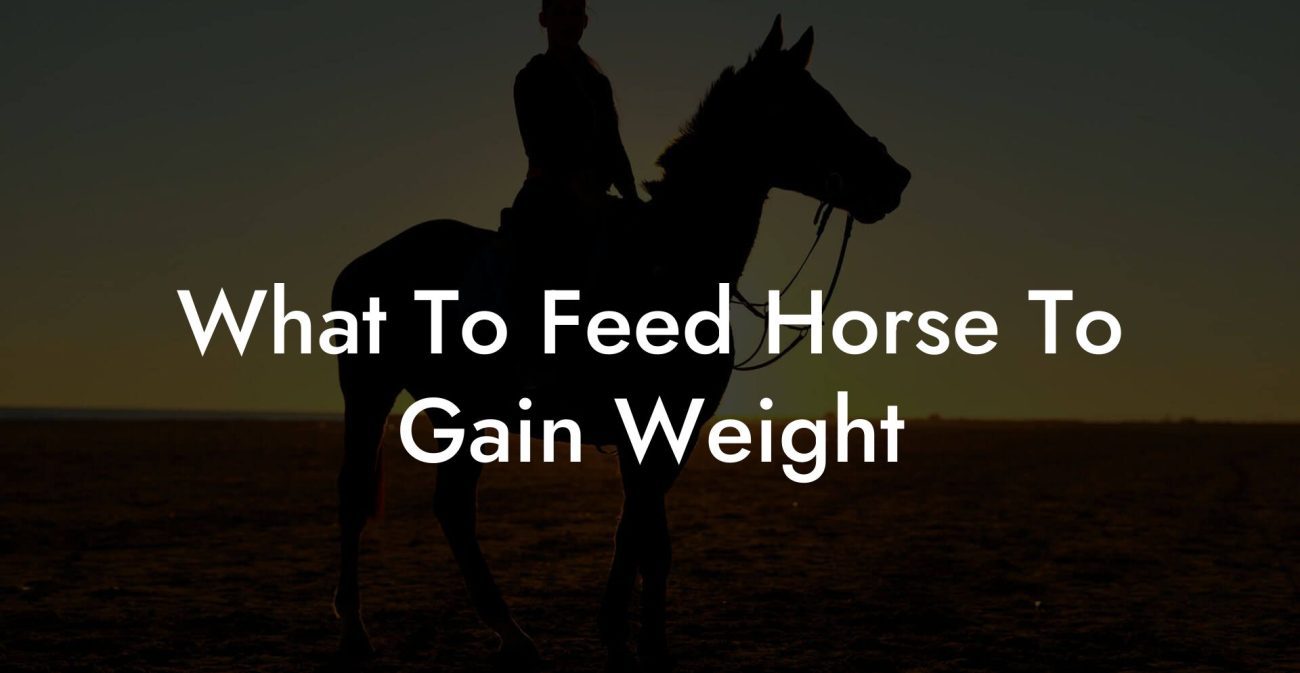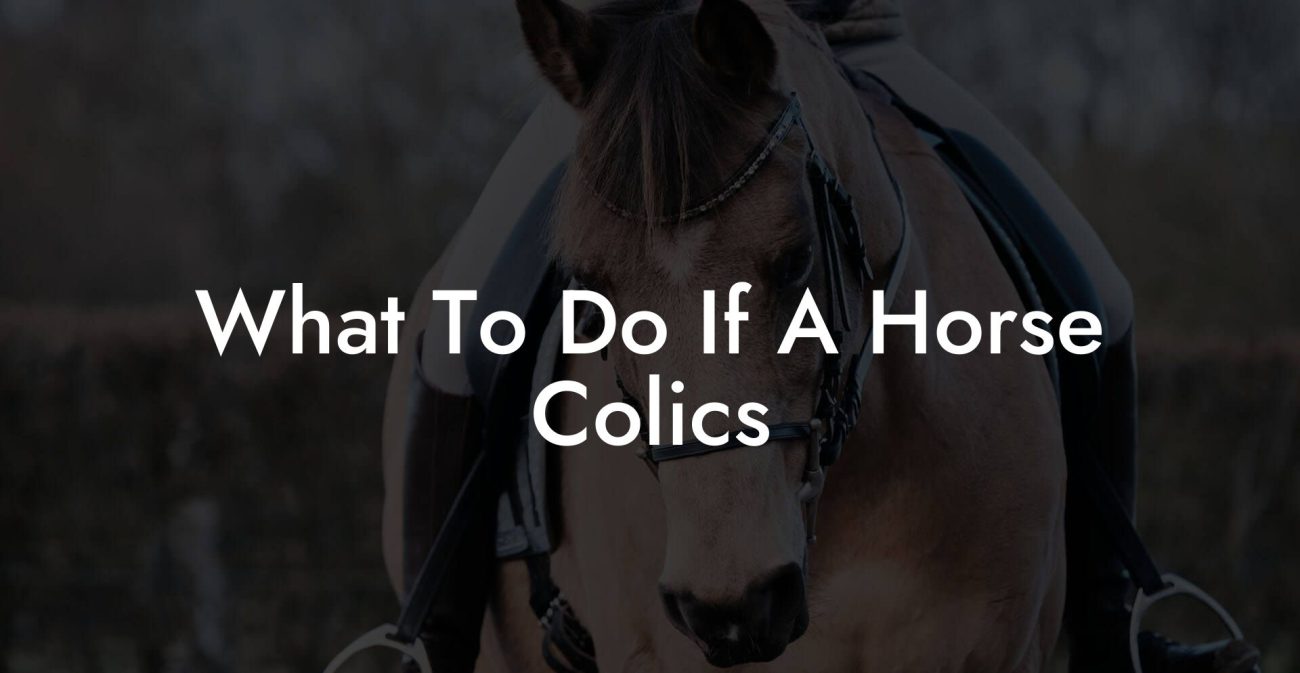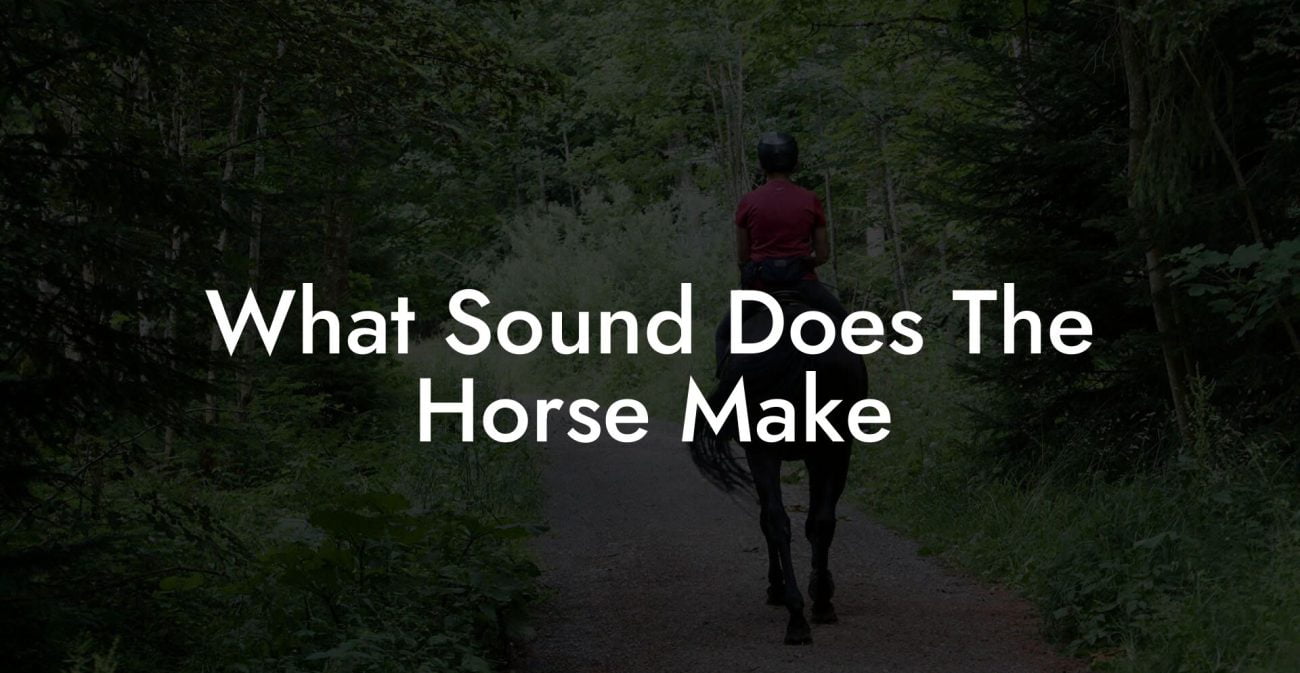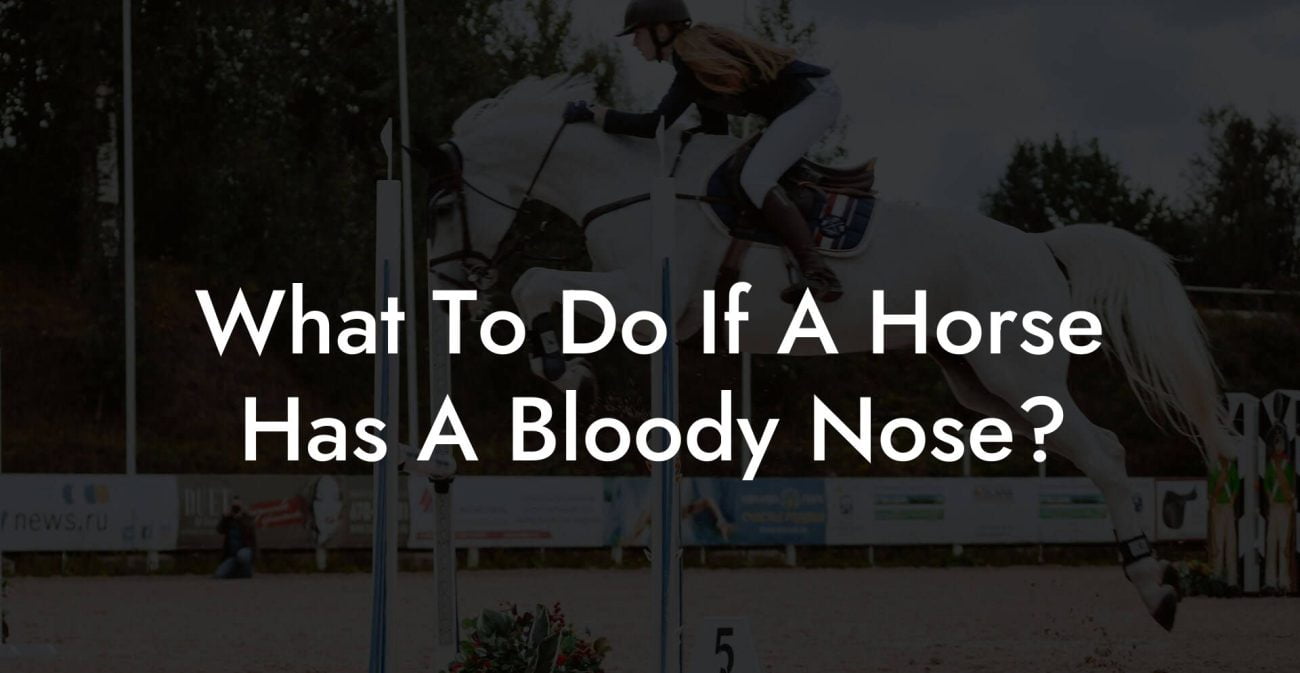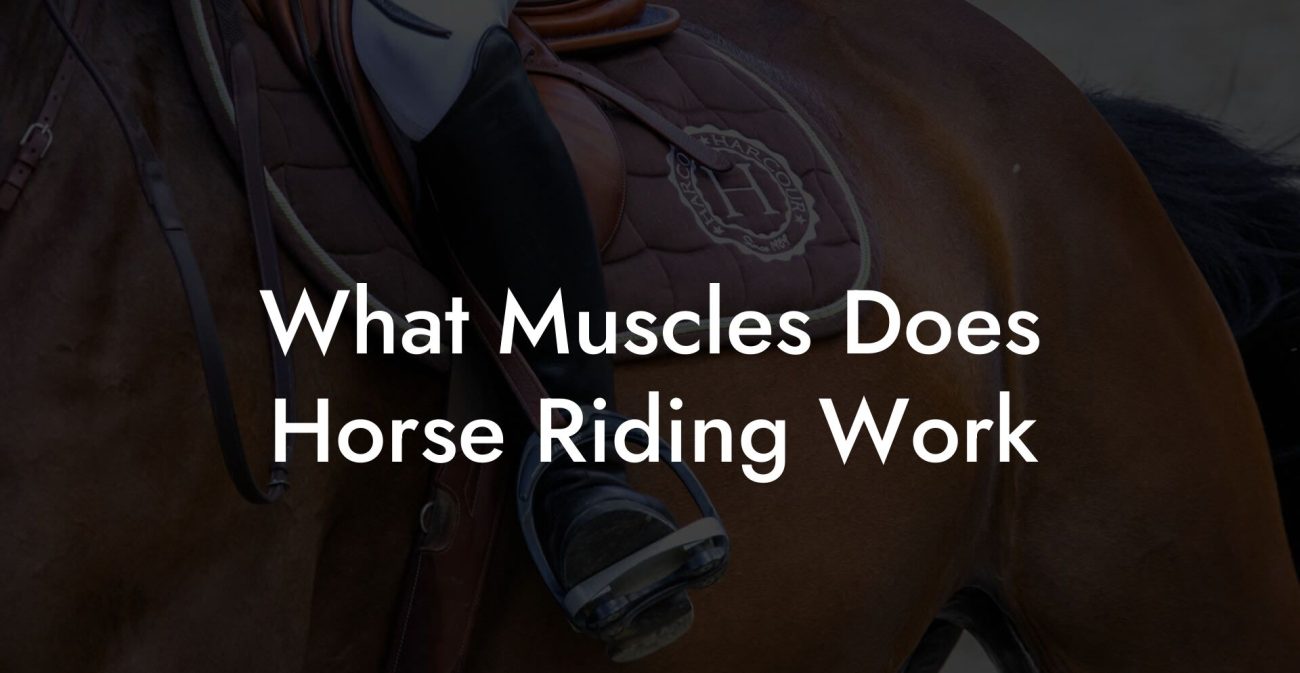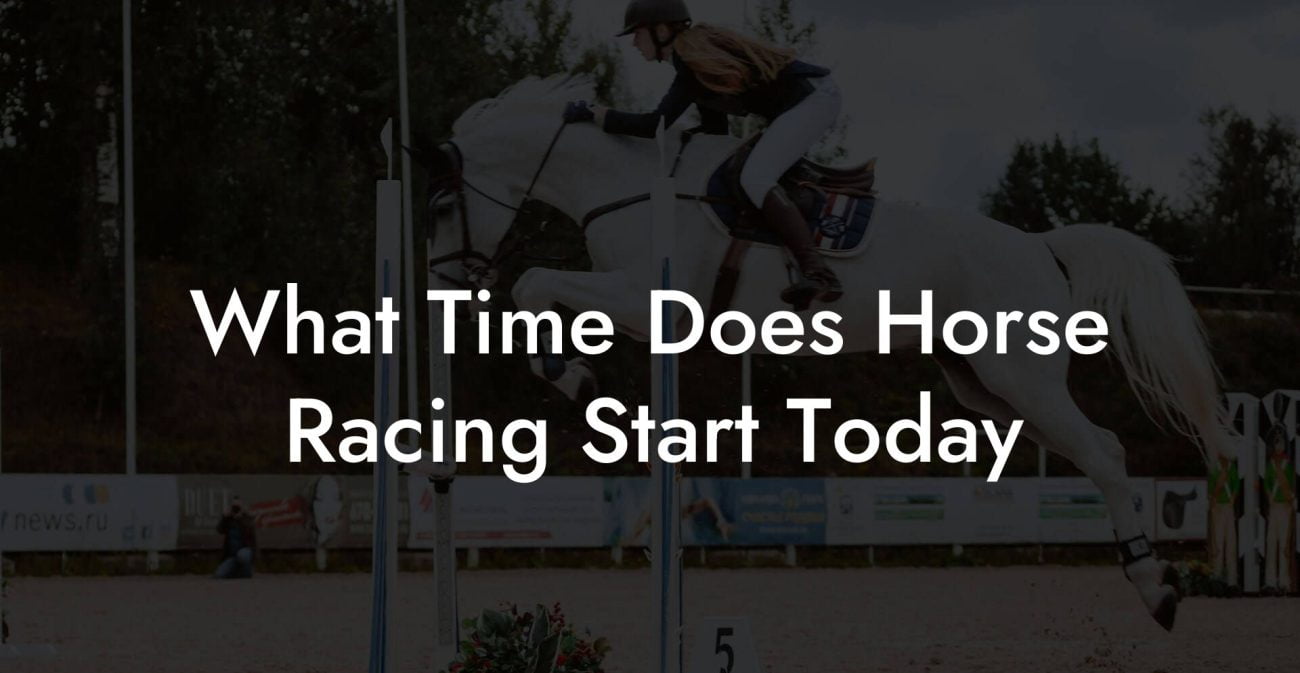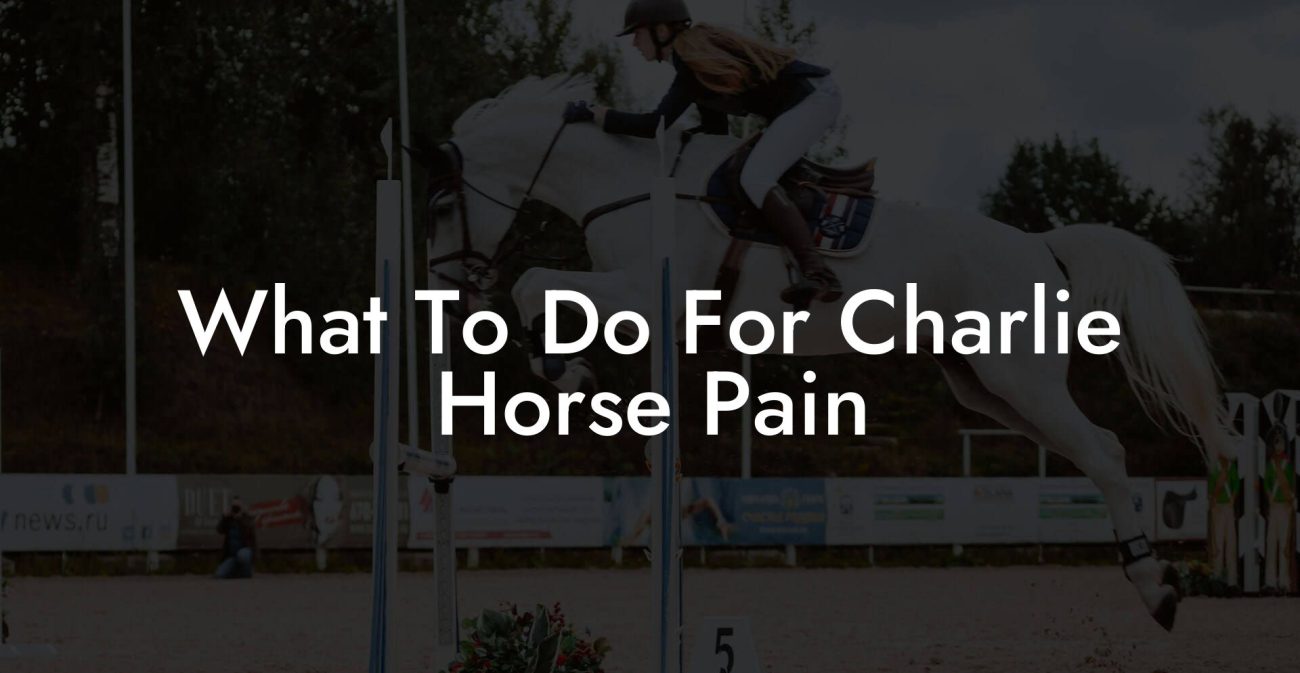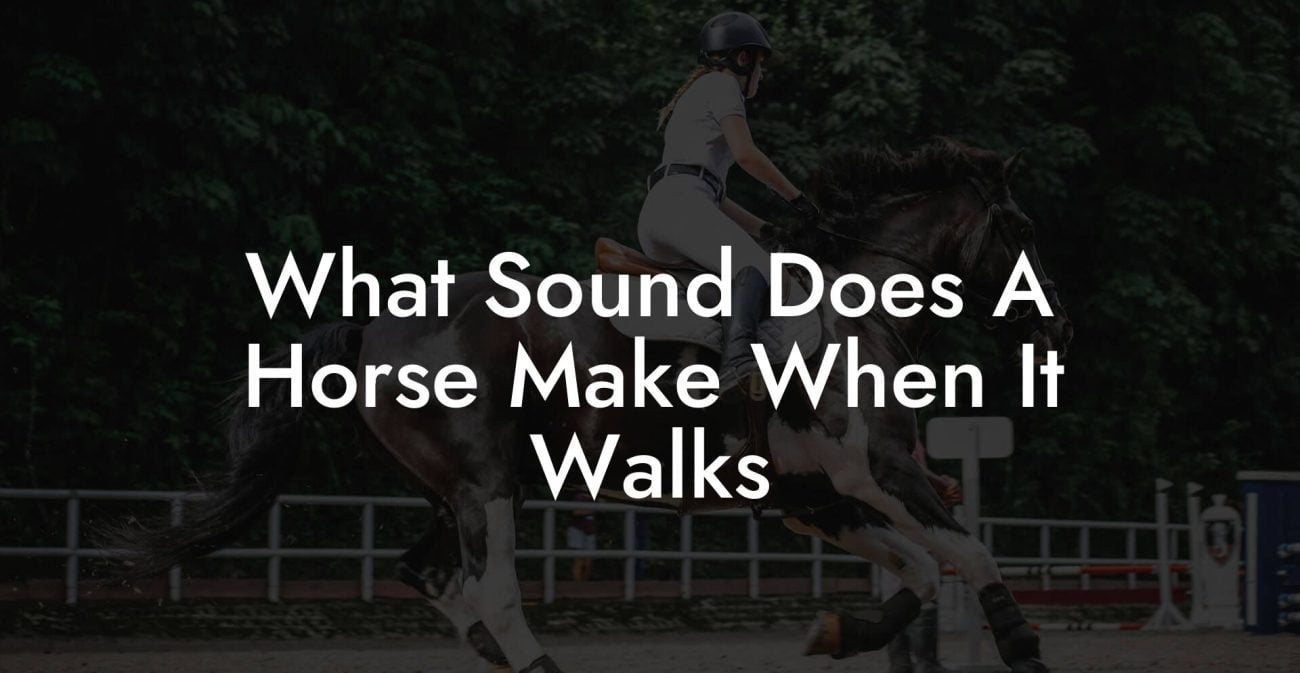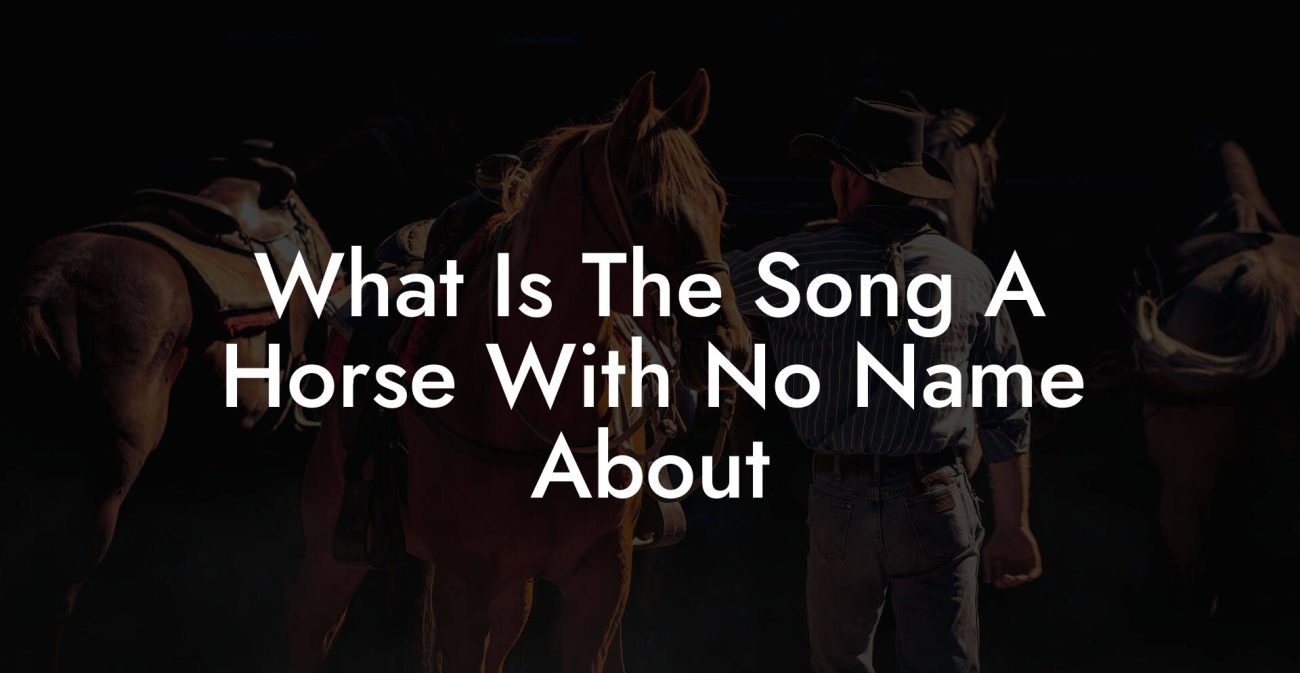Ever witnessed a horse galloping with a rider like it’s starring in its own epic music video? That exhilarating moment isn’t just Instagram gold, it’s a window into the art of equine care, rider finesse, and a lifestyle that blends adrenaline, ancient tradition, and modern swag. Whether you’re an equestrian enthusiast, a Gen-Z dreamer, or a millennial on a quest for ultimate freedom, dive into this comprehensive guide that not only celebrates the majestic bond between horse and rider but also demystifies the finest details of caring for your four-legged superstar.
Quick Links to Useful Sections
- The Majestic Dance: Understanding the Bond Between Horse and Rider
- Equine Care Essentials: From Stables to Gallops
- stable Management and Safety
- nutrition for the Ultimate Gallop
- grooming and Health Maintenance
- The Rider’s Role: Skills, Safety, and Style
- Mastering Basic Riding Techniques
- Safety Gear That Makes a Statement
- Building Confidence and Trust with Your Horse
- Training Techniques: Perfecting the Art of the Gallop
- The Progressive Training Regimen
- Incorporating Modern Technology
- Mindset: Training the Rider’s Mental Game
- Health, Nutrition, and the Science of Equine Wellness
- Balanced Dietary Plans for Performance
- Routine Veterinary Care and Preventative Measures
- Innovative Therapies and Holistic Approaches
- The Thrill of the Gallop: Experiencing Unbridled Freedom
- Grooming, Maintenance, and Creating a Bond Beyond the Ride
- Community and Resources: Your Equestrian Next Steps
- Real-Life Stories: When Horse and Rider Become Legends
- Story 1: The Rookie Who Found Her Rhythm
- Story 2: From City Hustle to Country Flow
- Story 3: A Family Tradition Reinvented
- Crafting Your Personalized Equine Care and Riding Blueprint
- Step 1: Evaluate and Assess
- Step 2: Define Clear Goals
- Step 3: Combining Techniques and Technologies
- Step 4: Establish a Consistent Routine
- Step 5: Monitor, Adjust, and Celebrate
- Equestrian FAQs: Your Burning Questions Answered
- Your Equestrian Journey: The Adventure Awaits
The Majestic Dance: Understanding the Bond Between Horse and Rider
Picture this: a powerful horse, muscles rippling under a glistening coat, galloping freely with a rider who is perfectly in sync as if they share one heartbeat. This isn’t just a picturesque moment from a movie, it’s a testament to the extraordinary connection and mutual trust that exists between an equine companion and its human partner.
In the world of equestrian sports and leisure, the partnership between horse and rider extends far beyond mere physical balance. It involves a profound understanding of body language, mutual respect, and an emotional interplay built over time. You might say that every time your horse gallops, it’s putting on a show that celebrates both raw power and the very essence of teamwork.
This bond is cultivated through hours of training, tender companionship, and a commitment to holistic equine care. Whether you’re mastering the art of riding or just beginning your journey into horse care, grasping the intricacies of this dynamic relationship will lay the foundation for countless breathtaking rides and unforgettable memories.
Equine Care Essentials: From Stables to Gallops
Caring for a horse is an art passed down through generations, meshed with a healthy dose of modern innovation. It begins with understanding that a horse’s well-being is just as majestic as its ability to break into a thunderous gallop. Let’s break down the essential components of equine care that ensure your steed stays fit, happy, and ready for that next sprint across the field.
stable Management and Safety
Your horse’s home is more than just a stable, it’s a sanctuary. Keeping the space clean, well-ventilated, and spacious is fundamental. Gen-Z and millennial equestrians have reinvented the humble stable, turning them into environments that are as Instagrammable as they are functional.
Key elements include proper bedding to cushion the joints, regular mucking-out routines to prevent bacterial build-up, and an environment conducive to mental peace. Safety measures such as secure fencing, ample feeding stations, and designated exercise areas ensure that both horse and rider thrive in a controlled yet liberating setting.
nutrition for the Ultimate Gallop
Just as you fuel up on a hearty avocado toast or a protein-packed smoothie, horses need a balanced diet to keep those galloping muscles in top shape. High-quality hay, grains, and fresh forage form the cornerstone of equine nutrition. Supplements tailored to joint health, coat shine, and energy are often the secret sauce behind a consistently vibrant horse.
And let’s not forget hydration, horses are one of the hungriest athletes out there, so keep a steady supply of clean water available. Feeding schedules, portion control, and awareness of dietary sensitivities can collectively ensure that your horse is ready for any adventure, whether it’s a casual trail ride or a competitive gallop.
grooming and Health Maintenance
Grooming is not just a beauty ritual, it’s integral to your horse’s health. Regular grooming sessions can help you detect early signs of skin issues, infections, or other potential problems. Use shampoos and conditioners that are gentle yet effective, and don’t hesitate to invest in a good set of grooming tools.
Routine health check-ups with a trusted equine veterinarian, timely vaccinations, deworming, and dental care are all part of a robust health maintenance plan. These steps go a long way in prolonging your horse's peak performance and ensuring that every gallop is as smooth as a freshly groomed mane.
The Rider’s Role: Skills, Safety, and Style
Just as every powerful horse needs a nurturing handler, riding demands a mix of skill, intuition, and a pinch of rebellious spirit. Modern riders are not just about following strict protocols, they're about cultivating a connection, trusting their instincts, and sometimes, letting their unique style shine through.
Mastering Basic Riding Techniques
Whether you’re saddling up for the first time or brushing up on advanced techniques, mastering the basics of riding is essential. Start with understanding your posture: imagine standing tall like you’re about to grab the latest gadget release. A balanced seat, relaxed legs, and a firm yet gentle hand are your trifecta for a comfortable ride.
Practice different gaits, walk, trot, canter, and yes, that breathtaking gallop. Each requires a distinct technique, but the transition from a trot to a full-out gallop is like upgrading from an old flip phone to a high-tech smartphone. It’s all about timing, control, and most importantly, mutual trust with your horse.
Safety Gear That Makes a Statement
Safety might seem like a buzzkill to some, but let’s face it, there’s nothing cool about a ruined ride due to an avoidable accident. Modern riding gear is engineered for maximum protection without compromising on style. A well-fitted helmet, protective boots, and a high-quality riding vest can be lifesavers while doubling as a fashion statement at the barn.
Advances in safety technology mean many of these items are designed with both form and function in mind, and they come in colors that pop, ensuring that you stand out whether you’re on the track or at a local equestrian meetup.
Building Confidence and Trust with Your Horse
The true secret behind the art of horse riding lies in building a confident partnership with your equine friend. Spend quality time bonding outside the structured environment of training sessions. A gentle brush, a few calming words, and shared quiet moments can make your connection stronger than the latest social media trends.
Invest in training sessions, join workshops, and spend time understanding your horse’s individual personality. Every horse is as unique as a viral meme, and acknowledging these differences is key to forming a bond that not only enhances performance but truly makes riding a joyous adventure.
Training Techniques: Perfecting the Art of the Gallop
Let’s get real: not every horse casually breaks into a gallop on command. Training is an ongoing process that involves patience, innovation, and the occasional creative break from the norm. For riders aiming to perfect that picture-perfect gallop, a variety of training techniques come into play.
The Progressive Training Regimen
Much like leveling up in your favorite video game, training your horse involves gradual progression. Start with mastering basic commands and movements, walking in unison, smooth transitions between gaits, and response to subtle cues are your building blocks. Once these are solidified, introduce more dynamic elements like jumps, inclines, and speed drills.
For those epic galloping moments, the key is to ensure that your horse is physically conditioned and mentally prepared. This means incorporating interval training, stretching routines, and exercises that boost cardiovascular health into your regular schedule.
Incorporating Modern Technology
In today’s digital age, even horse training has embraced technology. Devices such as heart rate monitors, GPS trackers, and even specialized mobile apps can help you track your horse’s performance and progress. These tools offer valuable insights, allowing you to adjust training regimens, monitor fatigue, and ensure that every ride is both safe and effective.
With these digital aids, you’re not just riding, you’re optimizing every gallop like a pro athlete. Think of it as combining the best of both worlds: traditional horsemanship and cutting-edge tech.
Mindset: Training the Rider’s Mental Game
Training isn’t solely about physical practice, it’s about cultivating a mindset that blends discipline with the carefree vibe of a summer festival. Maintaining focus, confidence, and an intuitive understanding of your horse’s cues are all critical elements. Techniques such as visualization, mindfulness, and even a bit of meditation can elevate your riding experience.
The rider’s mental game should never be underestimated. When you’re in sync with your horse, every gallop becomes not just a burst of speed but an expression of artistic harmony, a moving portrait of fluid grace powered by a steady, confident mind.
Health, Nutrition, and the Science of Equine Wellness
Taking care of a horse isn’t just about looking cool in the saddle, it’s also about ensuring your equine friend is in peak health. Like us, horses thrive on a balanced lifestyle that merges science, nutrition, and just the right amount of TLC.
Balanced Dietary Plans for Performance
A well-balanced diet is the secret ingredient that powers every gallop. High-quality forage, oats, and grains are staples, yet modern equine nutrition often includes protein-rich mixtures and essential vitamins to optimize performance. Think of it as the ultimate power-up, like the secret menu at your favorite café.
Nutritional plans are tailored to your horse’s workload, age, and overall health. Regular consultations with an equine nutritionist can help you design a menu that meets these demands while keeping your horse’s coat shiny, muscle tone strong, and energy levels sky-high.
Routine Veterinary Care and Preventative Measures
Prevention is better than cure, and in the equine world, routine veterinary care is your best defense against common health issues. Annual check-ups, dental cleanings, vaccinations, and laminitis prevention are all part of the regimen to keep your horse galloping at its finest.
Regular monitoring helps catch potential issues before they become career-halting problems. From monitoring hoof health to tracking weight fluctuations, a proactive approach ensures that both you and your horse can conquer the trails without unexpected setbacks.
Innovative Therapies and Holistic Approaches
Modern horse care blends conventional veterinary practices with holistic therapies that are gaining traction among urban equestrians. Equine massage, acupuncture, and even aqua therapy are becoming popular as ways to help horses recover from strenuous workouts and prevent injuries.
Incorporate natural supplements when recommended by professionals. These can improve joint health, reduce inflammation, and bolster overall performance, helping your horse maintain the stamina to perform that picture-perfect gallop day in and day out.
The Thrill of the Gallop: Experiencing Unbridled Freedom
There’s an unparallel feeling that comes with a horse galloping, a burst of unbridled freedom that makes you feel like you’ve momentarily escaped gravity. It’s the ultimate rush, a perfect union of nature’s raw power and the refined art of horsemanship.
Every time you and your horse take off at a gallop, you’re not merely riding; you’re embarking on a kinetic adventure that blends the energy of sires and the calm concentration of masterful riders. With the wind whipping past, every gallop is a reminder of the beauty of fearless exploration and the magic that happens when trust and liberation collide.
The thrill of the gallop is both an adrenaline surge and a meditative celebration of the moment. It’s where physical training, emotional balance, and raw instinct come together in one breathtaking performance. And yes, those epic gallops make for some of the best TikToks and Instagram reels!
Grooming, Maintenance, and Creating a Bond Beyond the Ride
While we’ve got the technical bits down, let’s not forget that grooming is where personal care meets bonding. A dedicated grooming session not only preps your horse for their next gallop but also strengthens the trust between you two.
Start your grooming routine by using a soft curry comb to stimulate blood flow, followed by a gentle brush stroke along the flank. It’s a sensory experience, imagine a spa day for your horse, that helps dissipate stress and cements that all-important human-animal connection.
Spend time checking for any cuts, scrapes, or signs of discomfort. Pay attention to the hoof health and overall condition of the coat. Grooming sessions often become the perfect time to chat, share a laugh, and even stage a mini photoshoot. They remind you that caring for your horse is as much about emotional connection as it is about physical maintenance.
Community and Resources: Your Equestrian Next Steps
Venturing into the world of horse care and riding isn’t a solitary journey. Whether you’re a seasoned equestrian or a total newbie, community resources can be a game-changer in refining your skills and expanding your knowledge.
Explore local riding clubs, online forums, and social media groups dedicated to horse lovers. These communities are treasure troves of practical advice, inspiring stories, and even meet-ups that allow you to swap riding tips and grooming hacks.
Many organizations now offer workshops, webinars, and even mobile apps designed to keep you updated on the latest in equine nutrition, training, and equipment innovations. Engaging with these communities not only helps you stay in the loop but also connects you with like-minded individuals who share your passion for that perfect gallop.
From attending local riding events to joining national webinars about sustainable horse care, the opportunities are endless. Dive into resources that help you understand everything from equine behavior to advanced training techniques, and transform every ride into a learning experience.
Real-Life Stories: When Horse and Rider Become Legends
Sometimes, the best inspiration comes from real-life tales that resonate with the passion, trials, and triumphs of the horse riding world. Here are a few stories that capture the essence of what it means to achieve that perfect, roaring gallop with a trusted companion.
Story 1: The Rookie Who Found Her Rhythm
Alex, a young rider fresh out of city chaos, decided to invest her weekends in a humble stable in the countryside. Initially intimidated by the sheer size and power of horses, she slowly built a relationship with a spirited mare named Luna. Through endless hours of patient training, grooming, and quiet moments under starry skies, Alex and Luna eventually hit the perfect gallop that not only boosted her confidence but also redefined her approach to living life fearlessly.
Story 2: From City Hustle to Country Flow
Mark, a busy millennial tech entrepreneur, found refuge in his weekly rides. Amid coding sprints and endless video calls, horse riding became a meditative escape. What began as tentative steps soon transformed into commanding gallops across open fields. With sheer dedication, balanced training, and a love for every minute of the journey, Mark rediscovered his inner calm and the art of being present, one gallop at a time.
Story 3: A Family Tradition Reinvented
The Rivera family has been involved in equestrian pursuits for generations, but it was the innovative spirit of the younger members that breathed new life into their traditions. With a blend of old-school horsemanship and modern training techniques, their beloved horse, Thunder, became a local legend. Thunder’s spirited gallop wasn’t just a visual treat, it represented a legacy updated for the modern era. Their journey reminds us that with passion, creativity, and a dash of tenacity, even age-old traditions can find a fresh, exhilarating rhythm.
These stories are not just individual triumphs but echoes of a universal quest for freedom, connection, and excellence in the art of horse riding.
Crafting Your Personalized Equine Care and Riding Blueprint
Every rider and horse team is unique, and so should be the strategy behind their training, care, and overall journey together. Tailoring your equine care and riding plan involves evaluating every aspect of your journey, from nutrition and physical training to the emotional dynamics that underpin every ride.
Step 1: Evaluate and Assess
Begin with a holistic assessment of your horse’s health and your riding skills. This isn’t just about ticking boxes, digitally tracking the latest in performance stats can be as fun as scoring high in your favorite esports game. Work closely with veterinarians, trainers, and fellow riders to create a baseline profile.
Step 2: Define Clear Goals
Identify what you aim to achieve. Perhaps it’s nailing that flawless gallop, perfecting a new riding technique, or simply ensuring optimal health throughout the year. Map out your goals, whether it’s to conquer a challenging trail, improve agility, or maintain a harmonious environment in your stable.
Step 3: Combining Techniques and Technologies
Marry traditional equestrian methods with modern innovations. From classical training routines to digital performance trackers and interactive apps, the fusion of archaic wisdom with high-tech gadgets crafts a dynamic, effective approach. Keep experimenting and tweaking; after all, even the best apps get updates!
Step 4: Establish a Consistent Routine
Consistency is where mastery is born. Develop a schedule that commemorates every aspect of care, from daily grooming sessions and exercise routines to weekly training drills and monthly vet check-ups. Use reminders, trackers, and even calendar integrations to ensure you stick to your plan.
Step 5: Monitor, Adjust, and Celebrate
Like any epic journey or social media challenge, it’s crucial to measure progress. Keep a digital journal to record your horse’s performance, behavior, and any milestones you achieve together. Celebrate the small wins, a perfect gallop, an exceptionally shiny coat, or that moment when eye contact says it all.
Your personalized plan should be a dynamic blueprint that evolves as you both grow, ensuring every ride is a step closer to your ultimate equestrian goals.
Equestrian FAQs: Your Burning Questions Answered
Below are some of the most frequently asked questions about horse care, riding techniques, and the magic behind a horse galloping with a rider:
1. What is the significance of a horse galloping with a rider?
A galloping horse with a rider symbolizes ultimate synchronization, freedom, and athletic performance. It’s a visual metaphor for trust, skill, and the pure joy of equestrian life.
2. How can I ensure my horse is in the best condition to gallop?
Ensuring peak performance involves a holistic approach that includes proper nutrition, regular exercise, consistent grooming, routine veterinary checks, and creating a safe, hygienic stable environment.
3. What essential gear should every modern rider invest in?
A quality riding helmet, durable boots, protective riding vest, and a well-fitting saddle are all crucial. Advances in technology have added smart wearables and monitoring devices that enhance your safety and performance.
4. How do I build trust with my horse?
Bonding through consistent grooming, gentle training sessions, clear communication, and spending quality time outside of structured rides can foster the trust needed to fully synchronize your movements.
5. Can modern technology really help in training and caring for horses?
Absolutely. From heart rate monitors and GPS trackers to specialized mobile apps, modern technology offers actionable insights that, combined with traditional techniques, optimize training efficiency and ensure better overall care.
6. Is there a specific diet recommended for horses aimed at peak performance?
A diet rich in high-quality forage, balanced grains, and necessary supplements tailored to your horse’s workload, age, and health needs is essential for maintaining optimal performance.
7. How frequently should I schedule veterinary check-ups for my horse?
Generally, routine check-ups are recommended annually, but if your horse is actively competing or showing signs of distress, more frequent visits might be necessary.
8. What training techniques help transition from a canter to a full gallop?
Progressive conditioning, interval training, strength exercises, and close collaboration with experienced trainers can help your horse safely make that exciting transition.
9. How can I stay updated on the latest trends in horse care and riding?
Joining equestrian communities, following top riders on social media, subscribing to equine magazines, and attending workshops are great ways to stay in the loop.
10. Are there online resources specifically tailored to millennial and Gen-Z equestrians?
Yes, numerous websites, blogs, social media groups, and mobile apps cater to modern riders, combining practical advice with the aesthetics and humor that resonate with younger audiences.
Your Equestrian Journey: The Adventure Awaits
Embarking on the journey of horse care and riding is about more than just mastering a skill, it’s a lifestyle that celebrates freedom, creativity, and the beauty of the natural world. Every gallop, every moment in the stables, and every shared smile with your horse is an affirmation of the incredible bond between human and animal.
Remember, the ride you’re on is as unique as your Instagram feed. Whether you’re charting new territories on a scenic trail ride or fine-tuning your technique for the next big equestrian event, you’re part of a vibrant community that values authenticity, exploration, and innovation.
Embrace the adventure with all your heart. Let the raw power of your horse inspire you to chase dreams, break limits, and celebrate every moment of the ride. Your journey to master the art of the gallop isn’t just a destination, it’s an ongoing, exhilarating saga where passion meets precision.
So gear up, saddle in, and let every ride be a statement of your unique style, care, and commitment to the equestrian life. Because when you see that horse galloping with a rider, effortless, unstoppable, and utterly inspiring, you know you’re part of a story that’s much bigger than any one ride.


